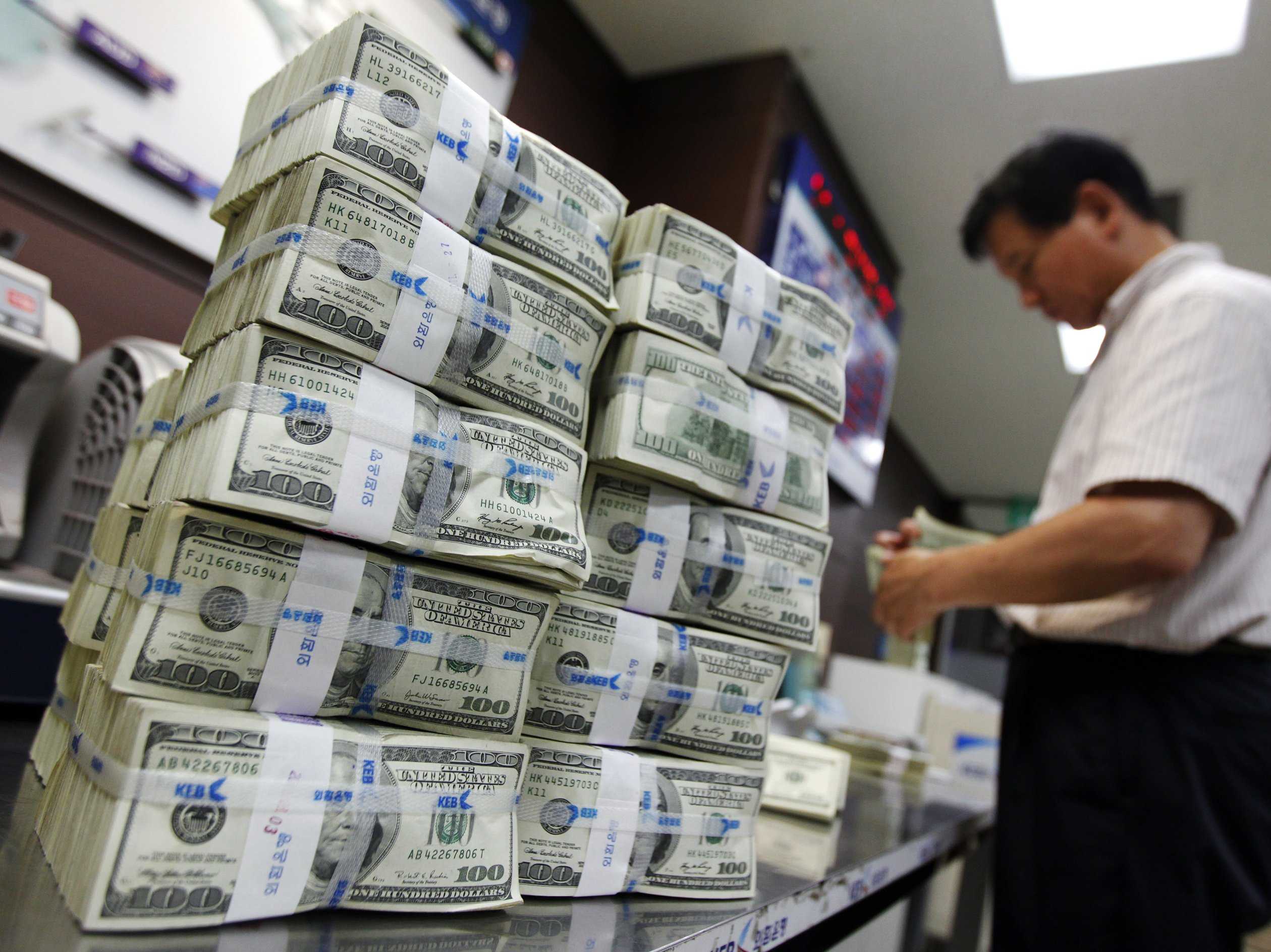by Douglas Drabik, Fixed Income, Raymond James
Quantitative easing (QE1) was first announced at the end of 2008. This monetary policy was intended to stimulate the economy following the 2007-2008 financial crisis that plagued the US. When the Fed first announced plans to purchase bonds in the open market, the 1-year Treasury rate was 0.939%, the 10-year was 3.108% and the 30-year was 3.619%. Part of the policy involved Zero Interest Rate Policy (ZIRP) where the Fed targeted federal funds to it lowest effective rate.
QE2, Operation Twist and QE3 followed between November, 2011 and October, 2014 when the Fed finally ended its monthly open market asset purchases. For the six year period marked from the beginning of QE1 to the end of QE3, every yield curve point was within 85bp from where it started.
| QE1 Announced | QE3 Ends | ||
| Treasury Yields | 11/25/08 | 10/31/14 | 5/22/17 |
| 1mo | 0.030 | -0.005 | 0.685 |
| 1yr | 0.939 | 0.091 | 1.093 |
| 2yr | 1.179 | 0.491 | 1.283 |
| 3yr | 1.426 | 0.921 | 1.454 |
| 5yr | 2.033 | 1.610 | 1.790 |
| 10yr | 3.108 | 2.335 | 2.247 |
| 30yr | 3.619 | 3.066 | 2.909 |
Source: Bloomberg LP, Raymond James
The Fed stopped its open market purchases but has not moved the overall policy to one of tightening either. Since the end of QE3, only the 1 year Treasury has managed to land 100bp from October, 2014 and over the 8.5 year period from the announced QE1 to today, the widest difference is the 10-year which is down 86bp. The 1-year is 15bp higher providing a resiliently tight ranged slightly less sloped yield curve.
It seems as though year-after-year the entire financial world of experts calls for higher rates and more Fed hikes to monitor the upcoming robust economy. What is delivered is modest US economic growth, much uncertainty and a couple of controversial Fed hikes. In the end, not much has changed.
Perhaps the headwinds have been largely under-rated. The economic numbers have been wildly mixed as to the state of the economy. There has been no consistency. Global interest rate disparity has not eased at all. The US rates clearly are attractive to nearly all economic powers where interest rates remain net zero and even negative. Now politics are proving far more spirited than anticipated and promised policies clearly will take much longer to enact if they can be passed at all. In addition undertones of demographic behavior loiter and may keep consumer activity low regardless of monetary or fiscal policies.
As the economy, political environment and global state stand, it would be difficult to assume interest rates will change much from tight 8.5 year range they’ve been in. Bonds continually prove to be about long-range planning and long-term benefits. Waiting for what is considered a perfect moment might prove to be a futile exercise.
Copyright © Raymond James















